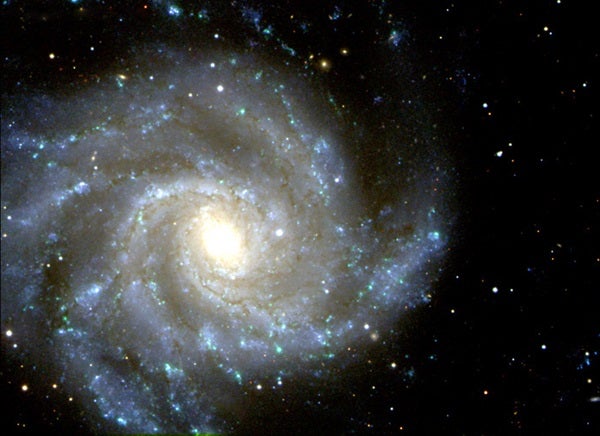The Web-based Galaxy Zoo project has reported preliminary results for its effort to classify a million galaxies according to type and rotation. (See Astronomy, November 2007, p. 20.) Scientists need the data to test hypotheses about galaxy evolution and cosmic structure on the largest scales.
The preliminary findings indicate the universe has a property called “handedness.” Most of the galaxies observed so far rotate counterclockwise. This needs explaining, because according to conventional theories, basic characteristics like rotation should show a random distribution. Project leaders announced the findings on a discussion forum for volunteers at the Galaxy Zoo [www.galaxyzoo.org] Web site.
Examining handedness requires observations of many different galaxies to provide enough data for meaningful statistical tests. Efforts such as the Sloan Digital Sky Survey are providing plenty of galaxies to look at, but there aren’t enough astronomers in the world to examine a million galaxies in a short time.
Galaxy Zoo recruited amateur observers to deploy a basic skill the human brain excels at: recognizing patterns. Participants view survey images of galaxies. They first decide if the galaxies are spiral or elliptical in shape. Then, they determine which direction the spirals are spinning.
The project is a collaboration between researchers at Oxford University and Portsmouth University in the United Kingdom and Johns Hopkins University in the United States, using data from the Sloan Digital Sky Survey II. Fingerprint Digital Media of Belfast developed the site.
In the preliminary report, Galaxy Zoo organizers praised participants highly for their hard work and skill. “Thank you everyone for taking part in this exciting astronomy project,” reads an October 22 message on the forum by Christopher Lintott, who helps run the project at Oxford University in England. “In the last newsletter we said we were aiming for 20 classifications per galaxy, and with the help of 100,000 of you, we’ve smashed that target. Every galaxy has now been classified by lots of you, and you all turn out to be fabulous astronomers!”
Project scientists are now writing the first research reports based on the new observations. They also hope to use telescopes at Kitt Peak Observatory to study some important non-galaxy objects found in the survey. These include gravitational lenses, massive objects that allow astronomers to see into the most distant corners of the universe.










